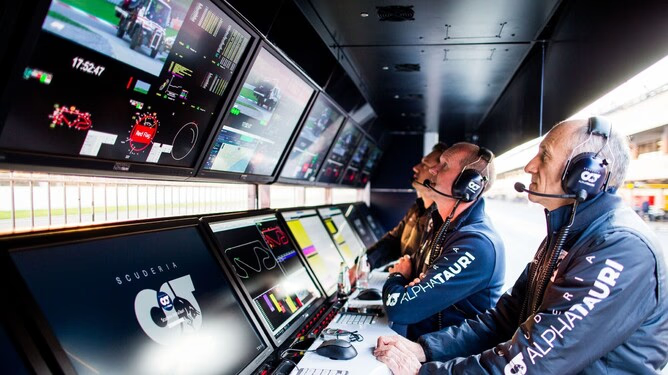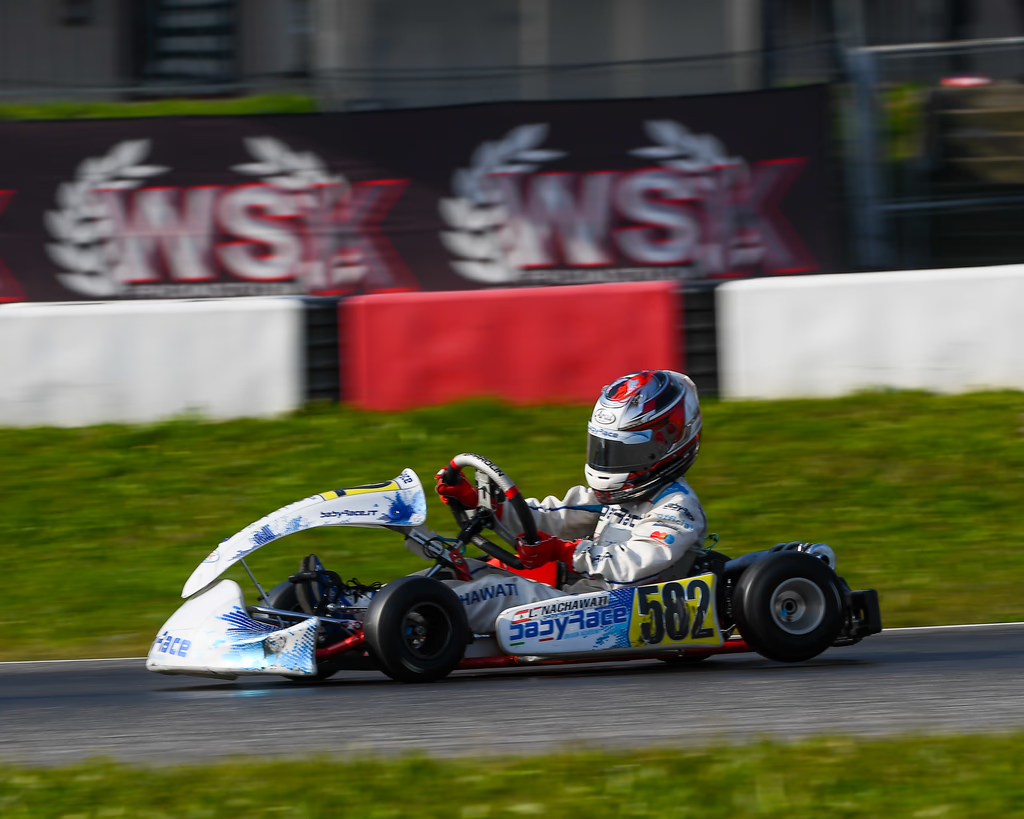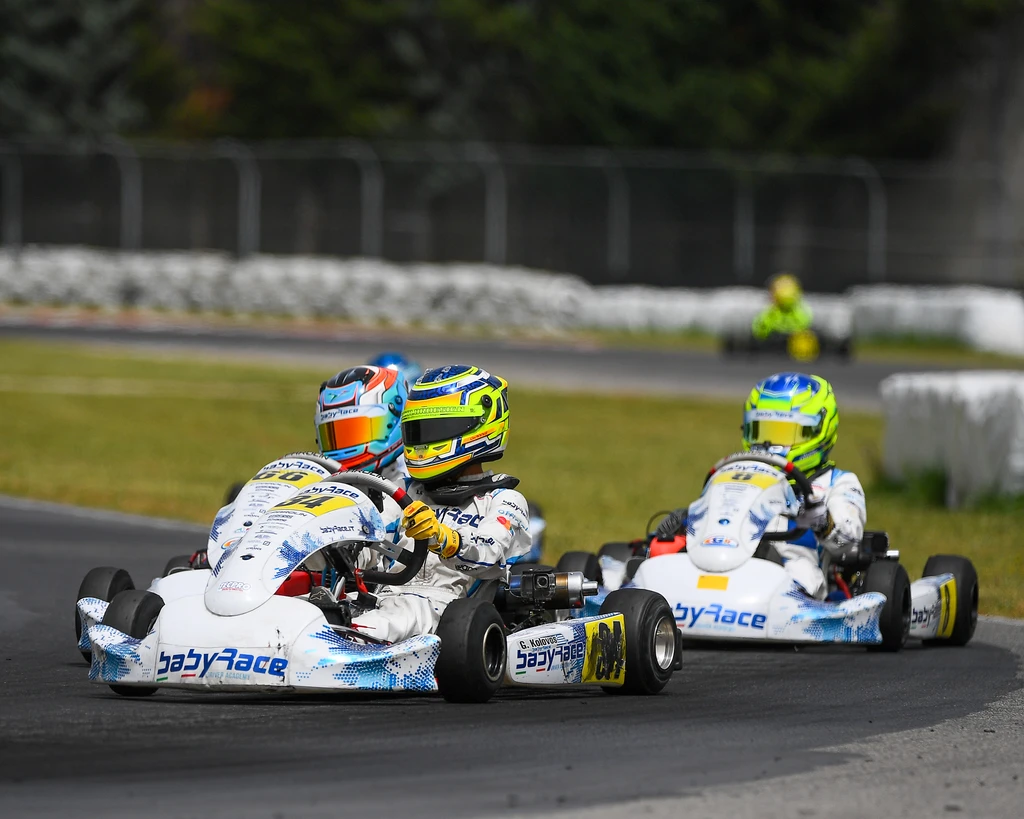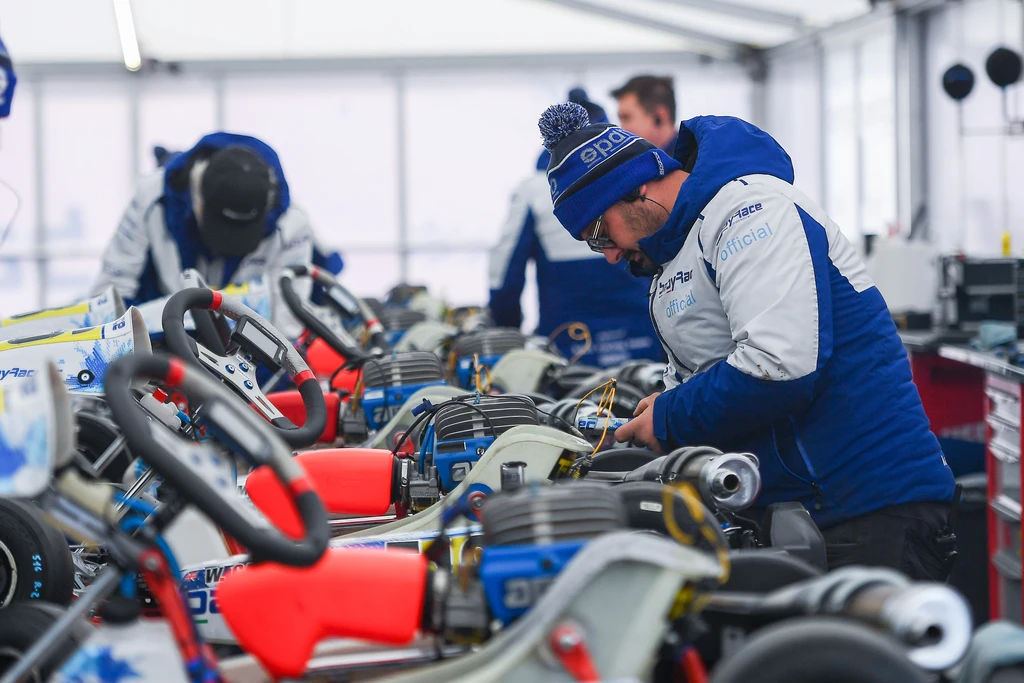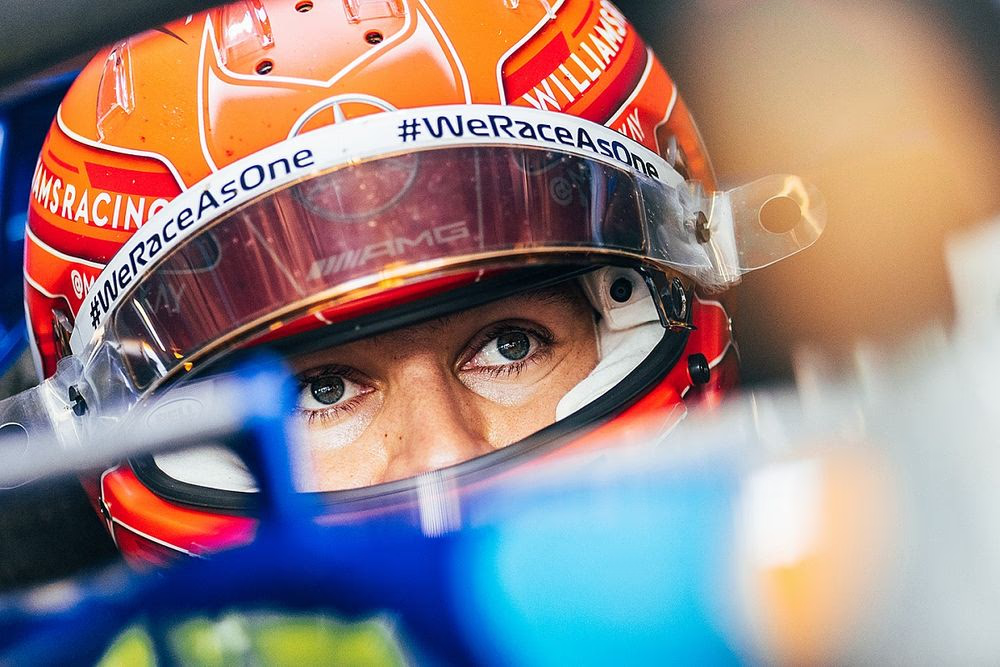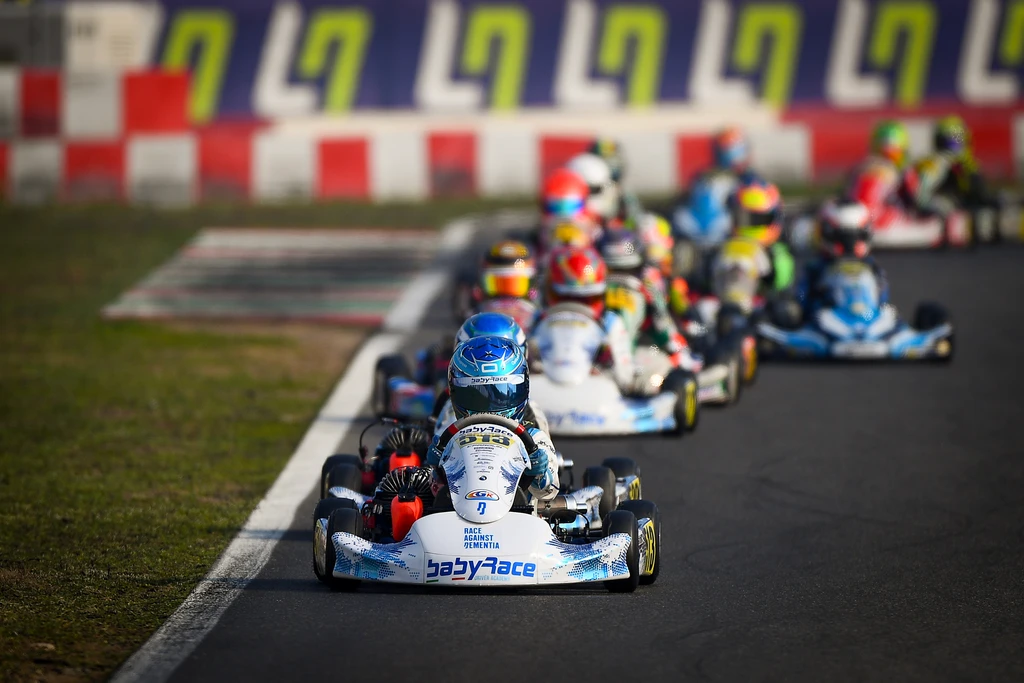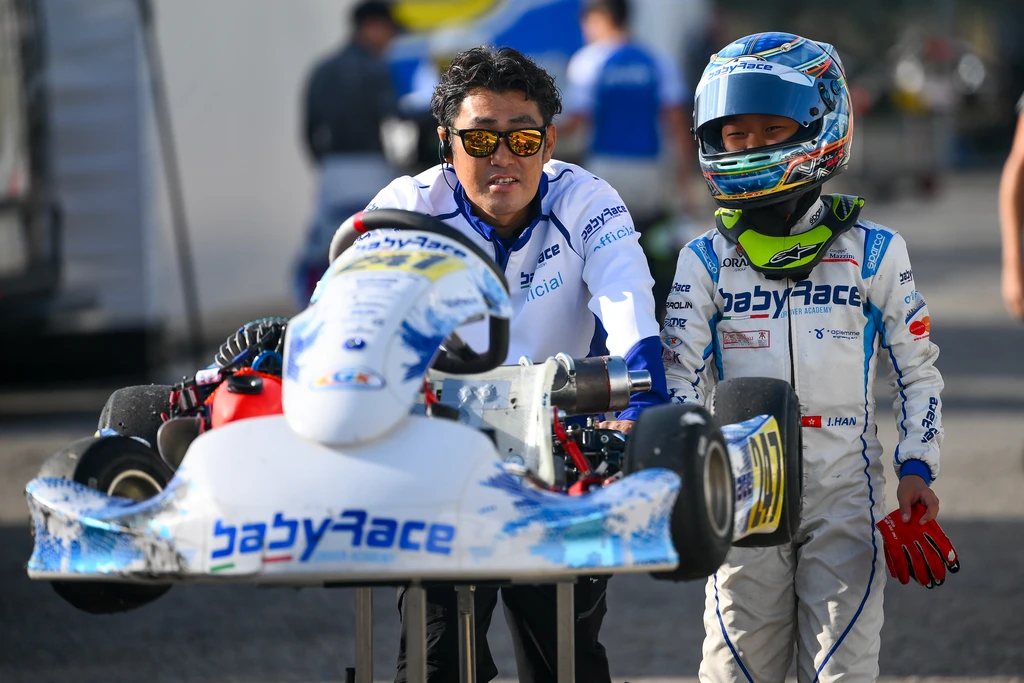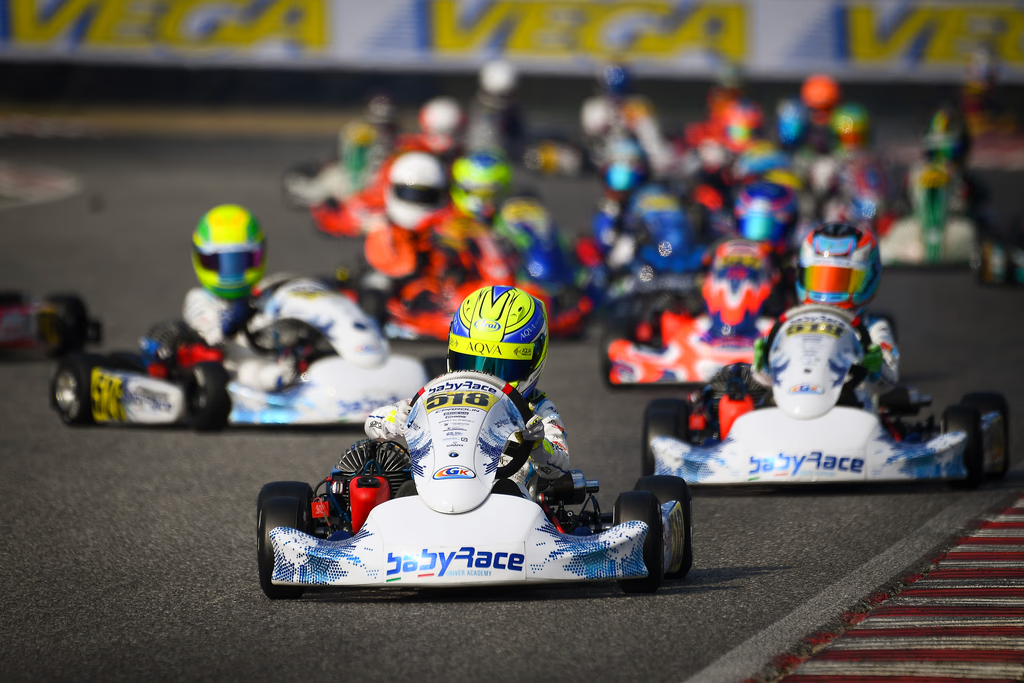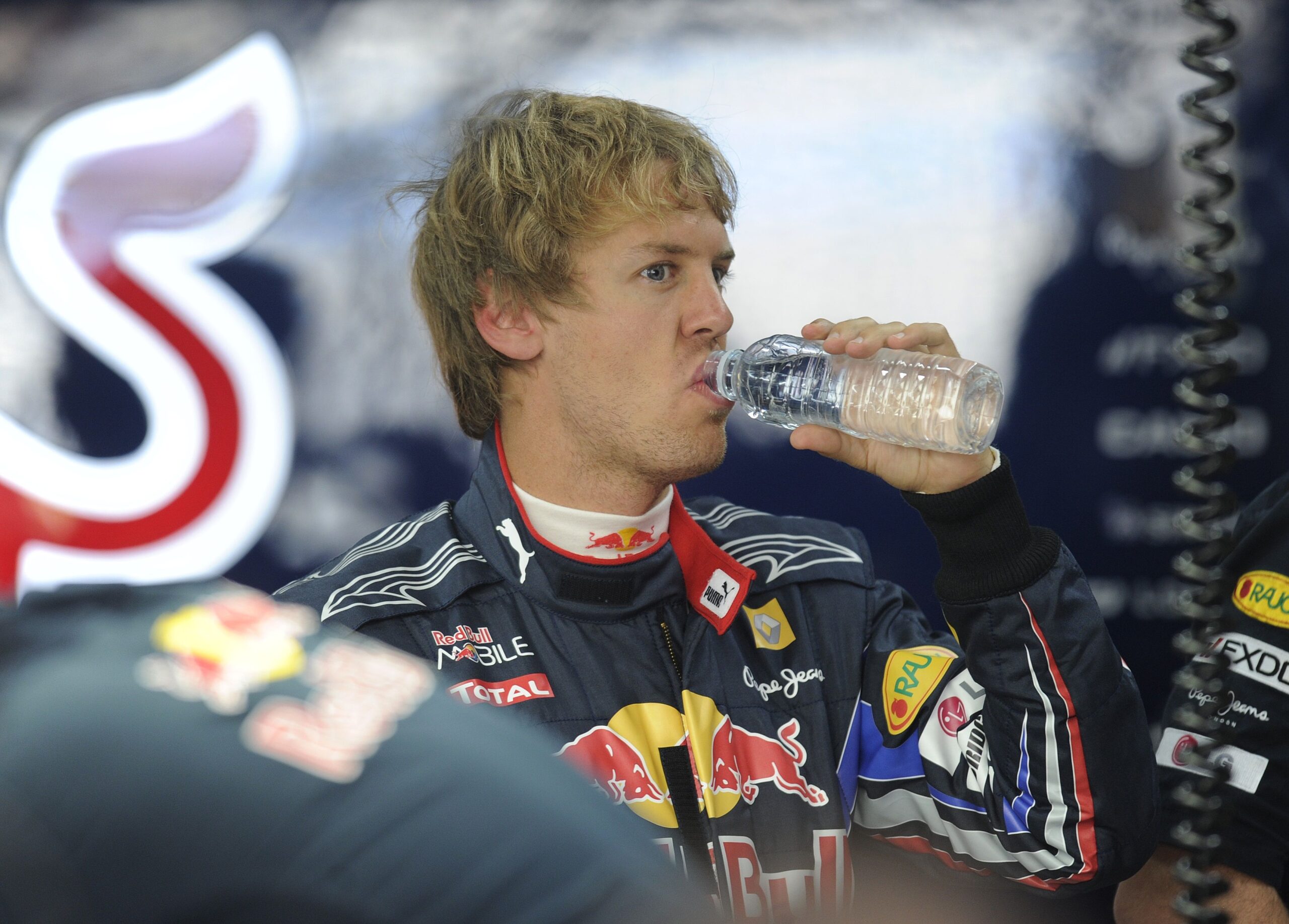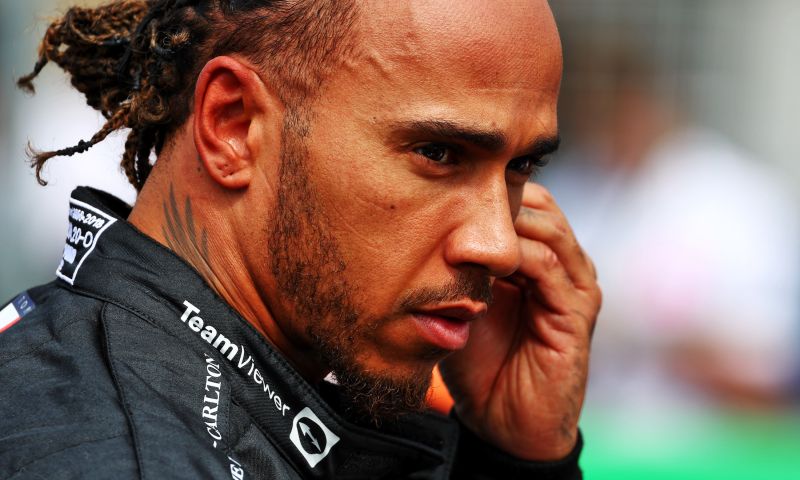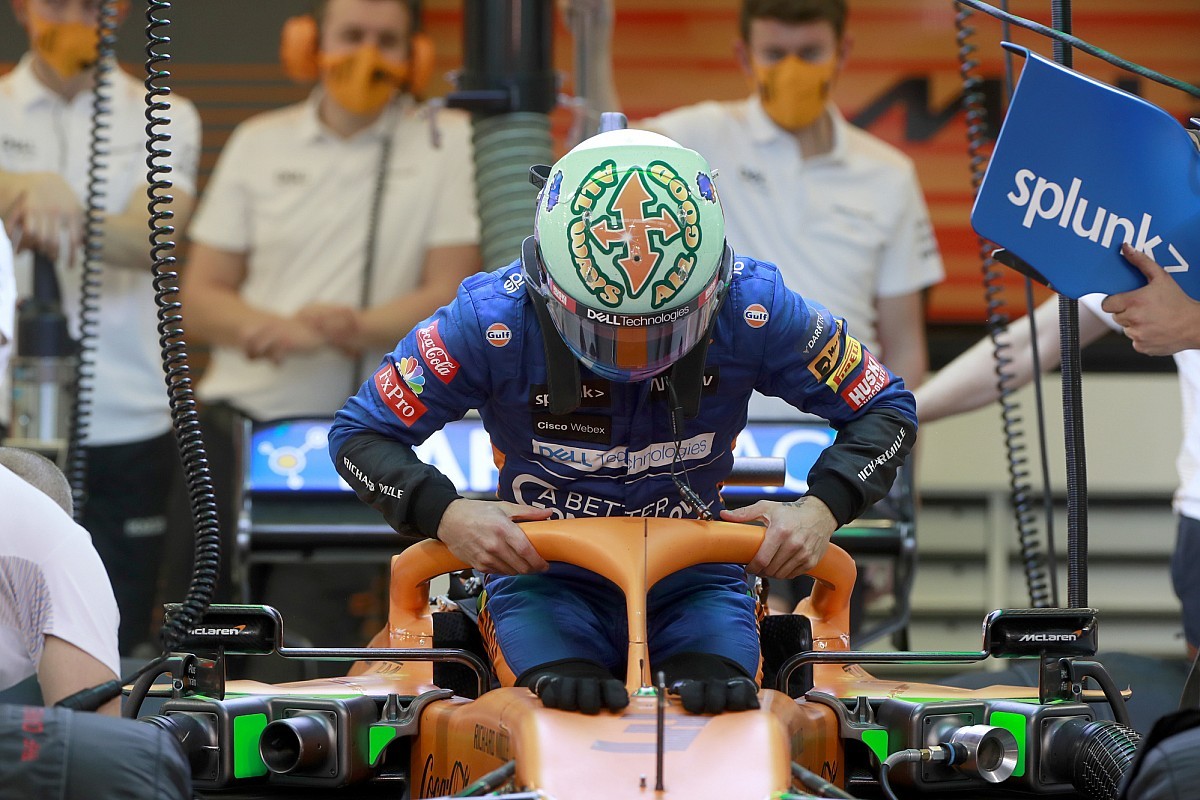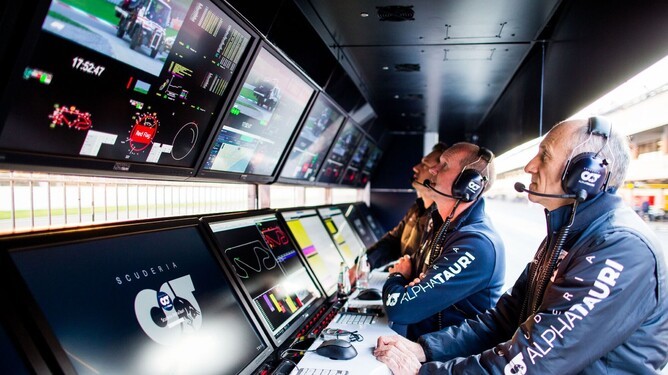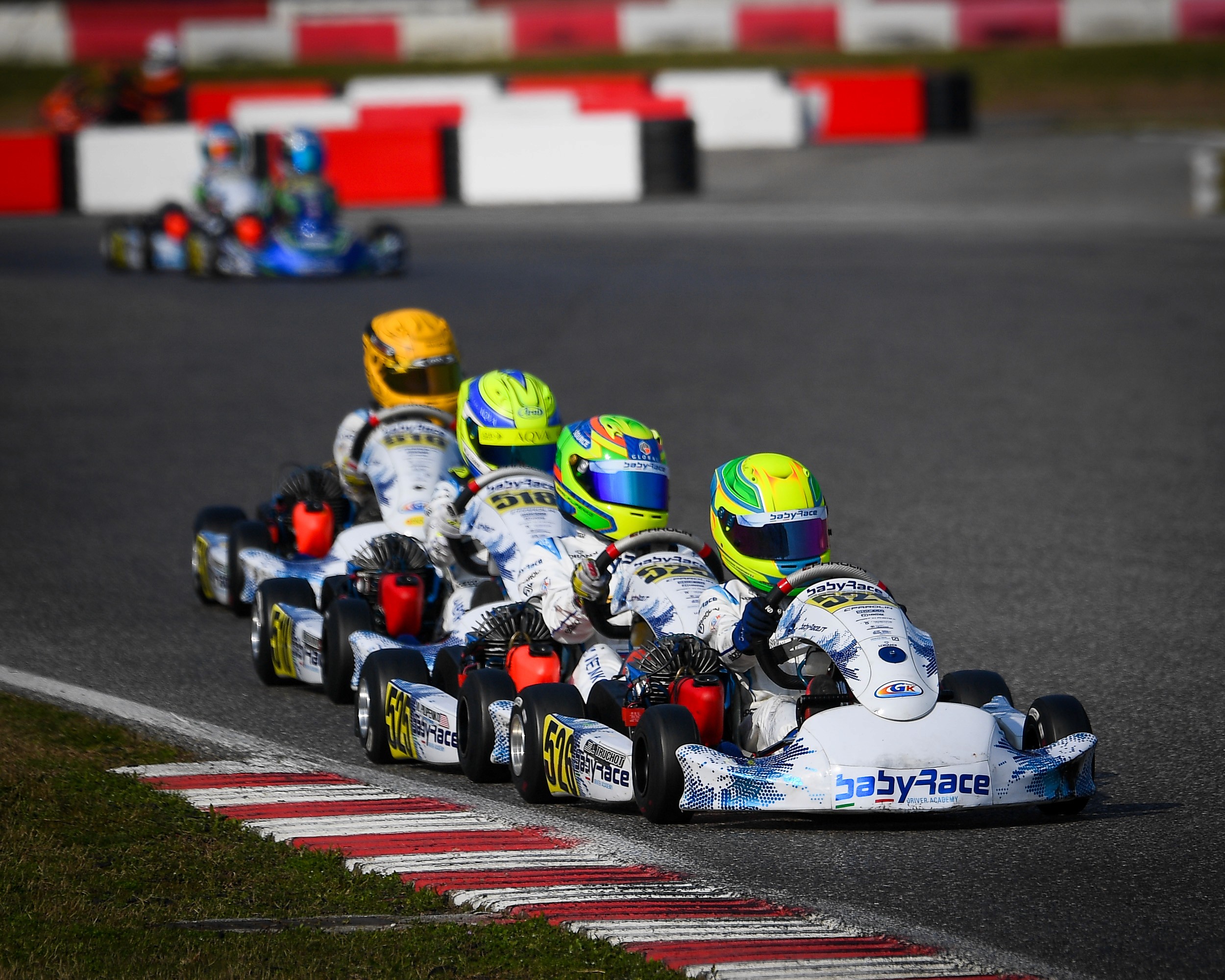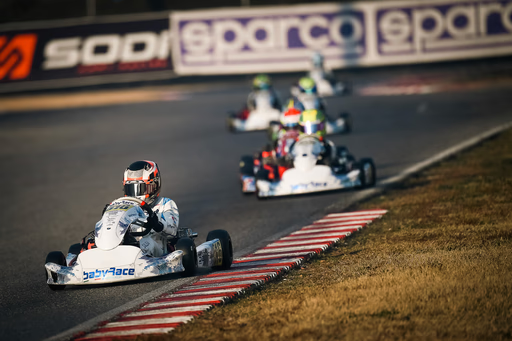In karting, everything happens in a split second. Tenths, hundreds, milliseconds.
One moment you’re nailing the apex, the next you’re reacting to a driver crashing in front of you.
That’s why your reaction time — along with hand-eye coordination and vision — is one of the most important skills you can train.
If you want to avoid crashes, make better overtakes, or save a lap when the rear steps out under braking — this is where it starts.
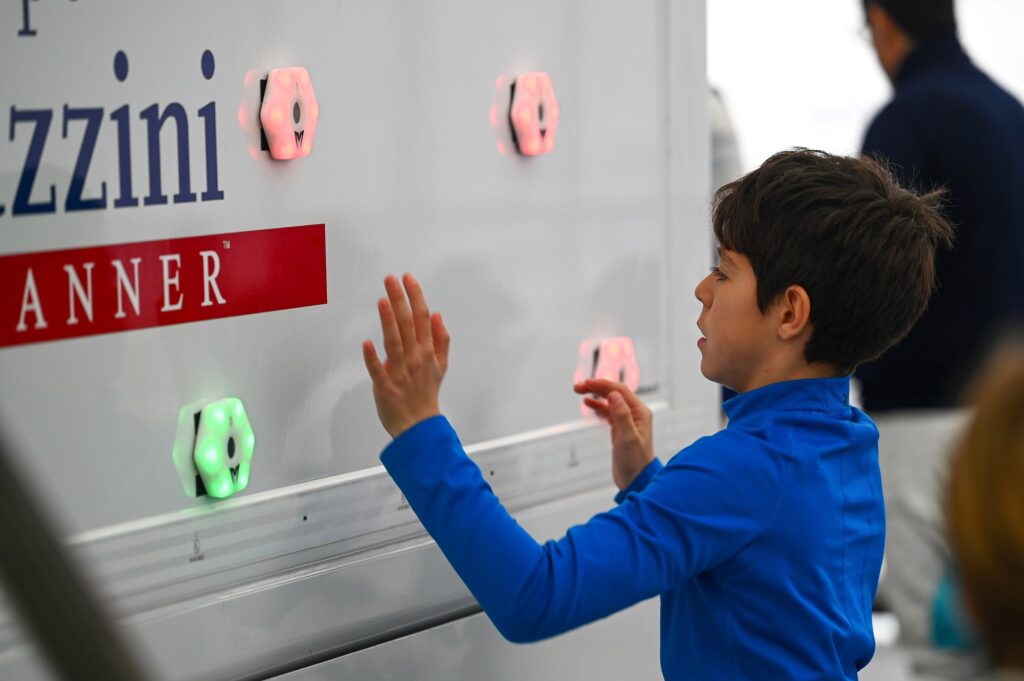
Train It Like a Muscle
Your reaction time isn’t a muscle technically, but think of it like one. The more you train it, the sharper it gets.
Here are a few things I like to use:
- Blade lights or reaction lights
- Ball drop drills (with your mechanic or coach)
Just 5–10 minutes a day adds up. You’ll feel way more alert next time you’re on the grid.
Build the Mind-Body Connection
This one’s huge. You’ve got to link your brain to your hands and body if you want to make those instinctive moves.
Try:
- Play different sports like tennis, padel, volleyball, basket, so you can trail your hand-eye coordination.
- Eye-tracking drills (follow fast-moving objects)
- Agility ladders or tennis ball reactions
The key is controlled speed — not rushing it out.
Stay Fit to Stay Sharp
This one is an uncomfortable reality.
You can’t react quickly if your body’s not fit or tired (or too heavy). Focus on:
- Cardio to stay alert (running, biking, rowing)
- Strength — especially forearms, core, and shoulders
- Mobility to stay loose and avoid tension mid-race
If your body’s sharp, your mind follows.
Lock In Your Focus
Reaction time suffers when you’re distracted. So get used to mental clarity:
- Mindfulness exercises
- Visualizing race scenarios before you hit the track
- Breathing exercises (bith your diaphragm) to stay calm under pressure
Even outside karting — practice staying focused when talking, running, or even scrolling. Make it a habit.
Know the Track Like the Back of Your Hand
If you know where every bump, braking point, and exit is, you’ll react way faster when something unexpected happens.
- Walk the track
- Watch the onboards
- Use mental markers (cones, trees, etc.)
The more you know, the more naturally you’ll adapt.
Adapt to Changing Conditions
Wet race? Dirty track? Low grip? Train yourself to adjust on the fly:
- Practice in different weather conditions
- Know how to adjust your braking and steering inputs when the grip changes
- Stay calm when conditions flip mid-session
Work on Your Peripheral Vision
This helps big time when battling. You can’t just look straight ahead:
- Try drills where you spot movement out of the corners of your eyes
- Quick eye-switch exercises (focus between two far-apart points)
Don’t Crack Under Pressure
Pressure slows people down, unless you train for it.
- Build a pre-race routine
- Let go of mistakes fast
- Focus one corner at a time, not the full race
The calmer you are, the faster you react.
Final Thoughts
Fast reaction time isn’t just about avoiding crashes — it’s the foundation of your lap time and, most importantly, RACECRAFT..
So start training it like everything else. A few minutes a day, a few drills off-track, a few mental resets on race day — and you’ll be sharper, faster, and way more confident behind the wheel.
Let me know what works for you — or if you’ve got a killer drill I haven’t tried yet, send it my way.
Just Senndit
– Alessio Lorandi

